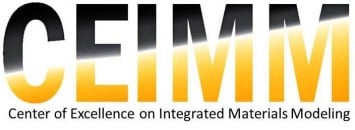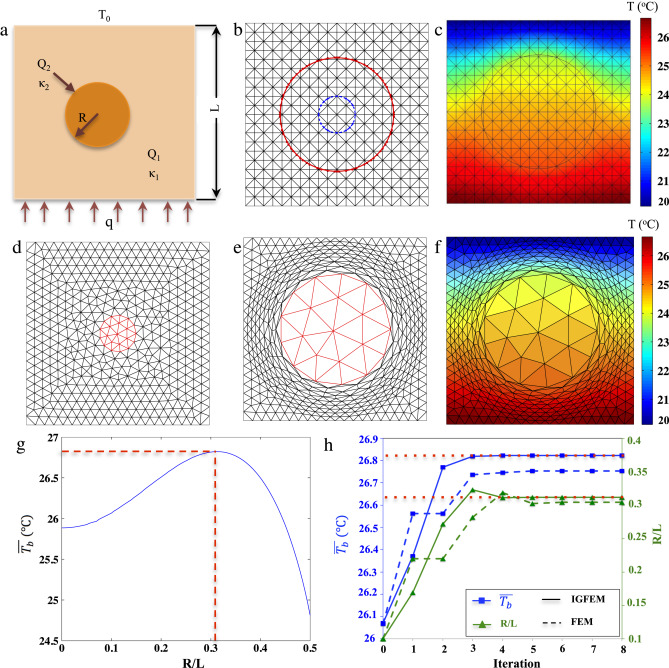A gradient-based shape optimization scheme using an interface-enriched generalized FEM
Below is the abstract from this published article co-author by A. R. Najafi, M. Safdari, D. Tortorelli and P. H. Geubelle, University of Illinois at Urbana–Champaign:
“A gradient-based shape optimization scheme using an Interface-enriched Generalized Finite Element Method (IGFEM) is presented wherein the design geometry is projected onto a fixed mesh and the IGFEM is used for analysis. This approach eliminates the mesh distortion present in conventional Lagrangian shape optimization methods, as well as the need for remeshing. An analytical sensitivity analysis using both the adjoint or direct approaches is presented to compute derivatives of the objective and constraint functions. Due to the fixed nature of the mesh, the so-called design velocity field only needs to be computed on the structure boundary/interface. A comparison between IGFEM- and conventional FEM-based shape optimization schemes is presented, showing an improved precision for the IGFEM approach. Finally, we solve various numerical examples to demonstrate the capability of the method including the computational design of particulate and microvascular composites.”
The above figure, (Fig 5), extracted from this paper depicts the comparison between conventional FEM vs. IGFEM-based shape optimization (a) Problem description; (b) Initial (blue) and optimum (red) shapes, and (c) optimal temperature field for the IGFEM approach; Initial (d), optimum shape (e), and optimal temperature field (f) for the conventional FEM scheme; (g) ![]() vs. Rsolution obtained through a parametric numerical study, showing a maximum value at R/L=0.31; (h) Design convergence history, with the dotted horizontal curves denoting the exact optimal values of the average temperature and inclusion radius given in (g). (For interpretation of the references to color in this figure legend, the reader is referred to the web version of this article, doi:10.1016/j.cma.2015.07.024)
vs. Rsolution obtained through a parametric numerical study, showing a maximum value at R/L=0.31; (h) Design convergence history, with the dotted horizontal curves denoting the exact optimal values of the average temperature and inclusion radius given in (g). (For interpretation of the references to color in this figure legend, the reader is referred to the web version of this article, doi:10.1016/j.cma.2015.07.024)



